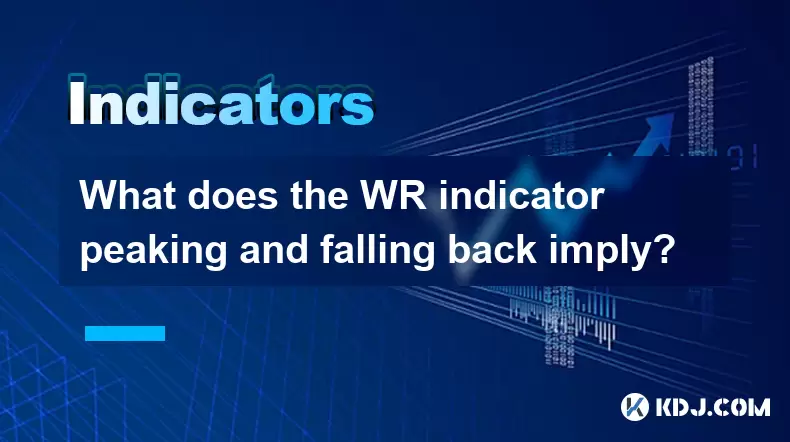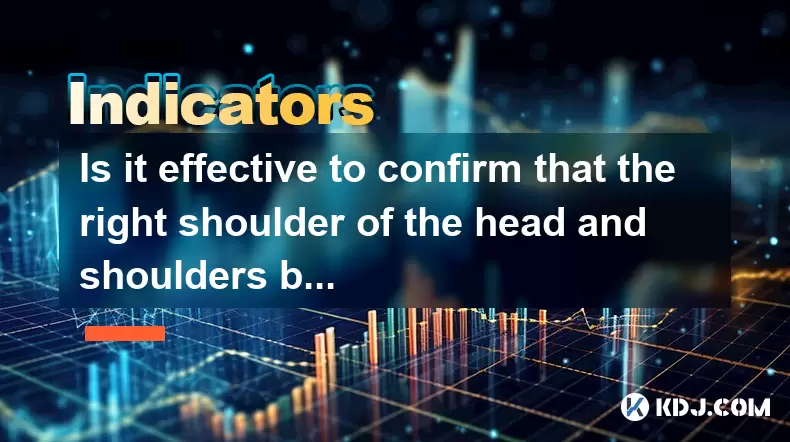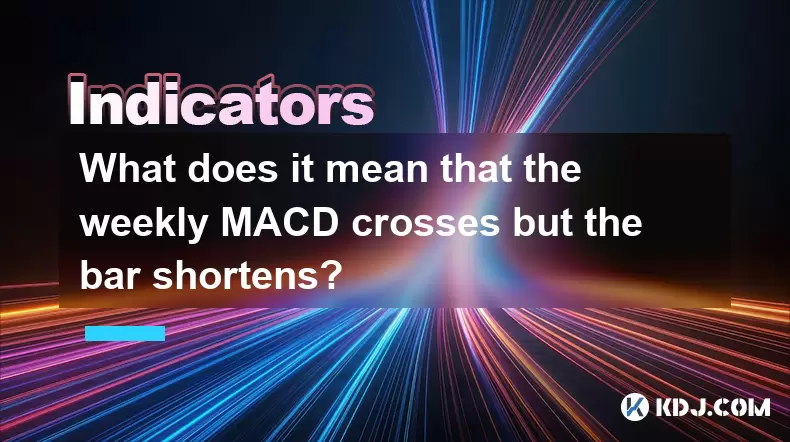-
 Bitcoin
Bitcoin $106,754.6083
1.33% -
 Ethereum
Ethereum $2,625.8249
3.80% -
 Tether USDt
Tether USDt $1.0001
-0.03% -
 XRP
XRP $2.1891
1.67% -
 BNB
BNB $654.5220
0.66% -
 Solana
Solana $156.9428
7.28% -
 USDC
USDC $0.9998
0.00% -
 Dogecoin
Dogecoin $0.1780
1.14% -
 TRON
TRON $0.2706
-0.16% -
 Cardano
Cardano $0.6470
2.77% -
 Hyperliquid
Hyperliquid $44.6467
10.24% -
 Sui
Sui $3.1128
3.86% -
 Bitcoin Cash
Bitcoin Cash $455.7646
3.00% -
 Chainlink
Chainlink $13.6858
4.08% -
 UNUS SED LEO
UNUS SED LEO $9.2682
0.21% -
 Avalanche
Avalanche $19.7433
3.79% -
 Stellar
Stellar $0.2616
1.64% -
 Toncoin
Toncoin $3.0222
2.19% -
 Shiba Inu
Shiba Inu $0.0...01220
1.49% -
 Hedera
Hedera $0.1580
2.75% -
 Litecoin
Litecoin $87.4964
2.29% -
 Polkadot
Polkadot $3.8958
3.05% -
 Ethena USDe
Ethena USDe $1.0000
-0.04% -
 Monero
Monero $317.2263
0.26% -
 Bitget Token
Bitget Token $4.5985
1.68% -
 Dai
Dai $0.9999
0.00% -
 Pepe
Pepe $0.0...01140
2.44% -
 Uniswap
Uniswap $7.6065
5.29% -
 Pi
Pi $0.6042
-2.00% -
 Aave
Aave $289.6343
6.02%
What does the WR indicator peaking and falling back imply?
The Williams %R (WR) indicator helps crypto traders spot overbought or oversold conditions, with peaks above -20 signaling potential trend reversals as momentum shifts from bullish to bearish.
Jun 16, 2025 at 03:28 pm

Understanding the WR Indicator in Cryptocurrency Trading
The Williams %R (WR) indicator is a momentum oscillator used extensively in cryptocurrency trading to identify overbought or oversold conditions. It ranges from 0 to -100, with values above -20 indicating overbought levels and below -80 signaling oversold conditions. Traders use this tool to predict potential price reversals by observing when the indicator reaches extreme levels and then begins to reverse direction.
In the context of crypto markets, which are known for their high volatility and rapid price swings, the WR indicator can be especially useful in gauging short-term sentiment. When the WR indicator peaks and falls back, it suggests a shift in market dynamics that traders should pay attention to.
What Does Peaking Mean in WR?
When the WR indicator reaches a peak, it typically means that the price has moved into an overbought zone. In technical terms, this occurs when the WR value rises above -20. This situation indicates that the asset may have been pushed too far in one direction—usually upward—and that buying pressure might be exhausted.
A peak in the WR indicator implies that bulls are losing control of the market. The momentum behind the uptrend starts to wane, and bears may begin to take over. This doesn’t necessarily mean the price will drop immediately, but it serves as a warning signal that the current trend could be nearing its end.
The Significance of Falling Back After a Peak
Once the WR indicator peaks and then falls back, it signals a reversal in momentum. If the WR moves from above -20 down toward the centerline (-50), it suggests that selling pressure is increasing and that the prior uptrend may be reversing.
This falling back phase often coincides with a bearish divergence between the WR line and the actual price chart. For example, if the price continues to make higher highs while the WR makes lower highs, it’s a sign that momentum is weakening despite continued price gains.
Traders interpret this movement as a potential sell signal, especially if it's accompanied by other confirming indicators such as a bearish candlestick pattern or a moving average crossover.
How to Interpret WR Peaks in Different Market Conditions
The implications of the WR peaking and falling back can vary depending on the broader market environment:
- In strong uptrends, the WR may frequently reach overbought levels without necessarily signaling a reversal. In these cases, the falling back may only indicate a temporary pullback rather than a complete trend change.
- During sideways or range-bound markets, a WR peak followed by a decline often leads to more reliable reversal signals because there isn't a dominant trend pushing prices continuously in one direction.
- In bear markets, a brief rally that pushes the WR into overbought territory before falling back may indicate a false breakout or a trap set by whales to liquidate retail positions before resuming the downtrend.
Therefore, traders should always assess the broader context before making decisions solely based on WR readings.
Using WR Peaking and Falling Back in Trading Strategies
To effectively incorporate the WR peaking and falling back into your trading strategy, follow these steps:
- Identify the overbought level: Watch for the WR to rise above -20, which marks the beginning of a potential reversal zone.
- Look for confirmation of the fall back: Confirm that the WR line begins to move downward from its peak. A single bar dipping below the previous high may not be enough; wait for two or three consecutive declines.
- Check for price action alignment: Ensure that the price action supports the WR signal. For instance, look for bearish candles or a breakdown below key support levels.
- Use additional tools for validation: Combine the WR signal with other indicators like RSI, MACD, or volume analysis to filter out false signals.
- Set up entry and exit points: Once confirmed, consider entering a short position or exiting long positions. Place stop-loss orders just above the recent swing high to manage risk.
By following these steps, traders can increase the reliability of the WR signals and avoid premature exits or entries.
Common Misinterpretations and Pitfalls
One of the most common mistakes traders make is relying solely on the WR indicator without considering other factors. While the peaking and falling back movement is a strong signal, it can generate false positives in highly volatile crypto markets.
Another pitfall is misinterpreting the WR scale. Since it's an inverse oscillator (where -100 is the lowest and 0 is the highest), many beginners confuse rising lines as bullish and falling lines as bearish. Understanding the correct interpretation is crucial.
Additionally, some traders fail to adjust the lookback period of the WR indicator. The default setting is usually 14 periods, but in fast-moving crypto markets, adjusting it to shorter timeframes (like 7 or 10) can offer more timely signals.
Lastly, ignoring divergences between the WR and price can lead to missed opportunities. Always compare the WR’s behavior with actual price movements to ensure consistency in your analysis.
Frequently Asked Questions
Q: Can the WR indicator be used alone to make trading decisions?
While the WR indicator provides valuable insights into overbought and oversold conditions, it should not be used in isolation. Combining it with other technical indicators and price action analysis improves accuracy and reduces the likelihood of false signals.
Q: What is the ideal timeframe for using the WR indicator in crypto trading?
The WR works well across multiple timeframes, but it's commonly applied on 1-hour, 4-hour, and daily charts for better clarity. Shorter timeframes like 5-minute or 15-minute charts can produce excessive noise, leading to unreliable signals.
Q: How does the WR differ from the RSI indicator?
Both WR and RSI measure momentum and overbought/oversold conditions, but they present data differently. The RSI operates on a 0–100 scale where above 70 is overbought and below 30 is oversold. The WR uses a -100 to 0 scale, with -20 as overbought and -80 as oversold. Additionally, WR tends to react faster to price changes compared to RSI.
Q: Is the WR suitable for all types of cryptocurrencies?
Yes, the WR can be applied to any tradable asset, including major cryptocurrencies like Bitcoin, Ethereum, and altcoins. However, its effectiveness may vary depending on the asset’s liquidity and volatility. More stable assets may yield fewer signals, while highly volatile ones may trigger frequent but less reliable signals.
Disclaimer:info@kdj.com
The information provided is not trading advice. kdj.com does not assume any responsibility for any investments made based on the information provided in this article. Cryptocurrencies are highly volatile and it is highly recommended that you invest with caution after thorough research!
If you believe that the content used on this website infringes your copyright, please contact us immediately (info@kdj.com) and we will delete it promptly.
- 2025-W Uncirculated American Gold Eagle and Dr. Vera Rubin Quarter Mark New Products
- 2025-06-13 06:25:13
- Ruvi AI (RVU) Leverages Blockchain and Artificial Intelligence to Disrupt Marketing, Entertainment, and Finance
- 2025-06-13 07:05:12
- H100 Group AB Raises 101 Million SEK (Approximately $10.6 Million) to Bolster Bitcoin Reserves
- 2025-06-13 06:25:13
- Galaxy Digital CEO Mike Novogratz Says Bitcoin Will Replace Gold and Go to $1,000,000
- 2025-06-13 06:45:13
- Trust Wallet Token (TWT) Price Drops 5.7% as RWA Integration Plans Ignite Excitement
- 2025-06-13 06:45:13
- Ethereum (ETH) Is in the Second Phase of a Three-Stage Market Cycle
- 2025-06-13 07:25:13
Related knowledge

How to interpret the low opening the next day after the long lower shadow hits the bottom?
Jun 18,2025 at 12:22am
Understanding the Long Lower Shadow Candlestick PatternIn technical analysis, a long lower shadow candlestick is often seen as a potential reversal signal in a downtrend. This pattern occurs when the price opens, trades significantly lower during the session, but then recovers to close near the opening price or slightly above. The long wick at the botto...

How to operate the RSI indicator repeatedly in the 40-60 range?
Jun 18,2025 at 12:56am
Understanding the RSI Indicator and Its RelevanceThe Relative Strength Index (RSI) is a momentum oscillator widely used in cryptocurrency trading to measure the speed and change of price movements. Typically, the RSI ranges from 0 to 100, with levels above 70 considered overbought and below 30 considered oversold. However, when the RSI repeatedly stays ...

How strong is the MACD golden cross below the zero axis?
Jun 17,2025 at 11:00pm
Understanding the MACD Indicator in Cryptocurrency TradingThe Moving Average Convergence Divergence (MACD) is one of the most widely used technical indicators among cryptocurrency traders. It helps identify potential trend reversals, momentum shifts, and entry or exit points. The MACD consists of three main components: the MACD line, the signal line, an...

How effective is the golden cross of the William indicator double line in the oversold area?
Jun 17,2025 at 11:56pm
Understanding the William Indicator and Its Double Line SetupThe William %R (Williams Percent Range) is a momentum oscillator used to identify overbought or oversold conditions in a market. It ranges from 0 to -100, with readings above -20 considered overbought and below -80 deemed oversold. The double line setup refers to plotting two different timefra...

Is it effective to confirm that the right shoulder of the head and shoulders bottom volume at the 30-minute level is enlarged?
Jun 17,2025 at 11:42pm
Understanding the Head and Shoulders Pattern in Cryptocurrency TradingThe head and shoulders pattern is one of the most recognized reversal patterns in technical analysis, especially within cryptocurrency trading. It typically signals a potential shift from a bullish trend to a bearish one. This pattern consists of three peaks: the left shoulder, the he...

What does it mean that the weekly MACD crosses but the bar shortens?
Jun 18,2025 at 01:07am
Understanding the MACD IndicatorThe Moving Average Convergence Divergence (MACD) is a popular technical analysis tool used in cryptocurrency trading to identify potential trend reversals and momentum shifts. It consists of three main components: the MACD line, the signal line, and the histogram (also known as the bar). The MACD line is calculated by sub...

How to interpret the low opening the next day after the long lower shadow hits the bottom?
Jun 18,2025 at 12:22am
Understanding the Long Lower Shadow Candlestick PatternIn technical analysis, a long lower shadow candlestick is often seen as a potential reversal signal in a downtrend. This pattern occurs when the price opens, trades significantly lower during the session, but then recovers to close near the opening price or slightly above. The long wick at the botto...

How to operate the RSI indicator repeatedly in the 40-60 range?
Jun 18,2025 at 12:56am
Understanding the RSI Indicator and Its RelevanceThe Relative Strength Index (RSI) is a momentum oscillator widely used in cryptocurrency trading to measure the speed and change of price movements. Typically, the RSI ranges from 0 to 100, with levels above 70 considered overbought and below 30 considered oversold. However, when the RSI repeatedly stays ...

How strong is the MACD golden cross below the zero axis?
Jun 17,2025 at 11:00pm
Understanding the MACD Indicator in Cryptocurrency TradingThe Moving Average Convergence Divergence (MACD) is one of the most widely used technical indicators among cryptocurrency traders. It helps identify potential trend reversals, momentum shifts, and entry or exit points. The MACD consists of three main components: the MACD line, the signal line, an...

How effective is the golden cross of the William indicator double line in the oversold area?
Jun 17,2025 at 11:56pm
Understanding the William Indicator and Its Double Line SetupThe William %R (Williams Percent Range) is a momentum oscillator used to identify overbought or oversold conditions in a market. It ranges from 0 to -100, with readings above -20 considered overbought and below -80 deemed oversold. The double line setup refers to plotting two different timefra...

Is it effective to confirm that the right shoulder of the head and shoulders bottom volume at the 30-minute level is enlarged?
Jun 17,2025 at 11:42pm
Understanding the Head and Shoulders Pattern in Cryptocurrency TradingThe head and shoulders pattern is one of the most recognized reversal patterns in technical analysis, especially within cryptocurrency trading. It typically signals a potential shift from a bullish trend to a bearish one. This pattern consists of three peaks: the left shoulder, the he...

What does it mean that the weekly MACD crosses but the bar shortens?
Jun 18,2025 at 01:07am
Understanding the MACD IndicatorThe Moving Average Convergence Divergence (MACD) is a popular technical analysis tool used in cryptocurrency trading to identify potential trend reversals and momentum shifts. It consists of three main components: the MACD line, the signal line, and the histogram (also known as the bar). The MACD line is calculated by sub...
See all articles

























































































